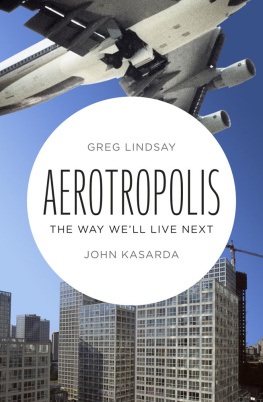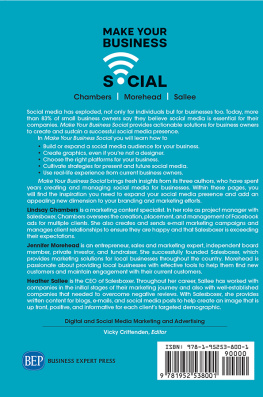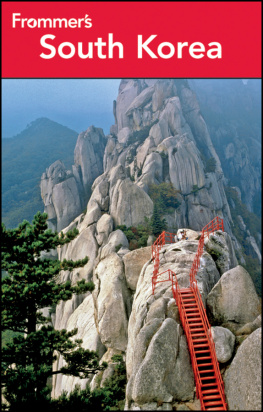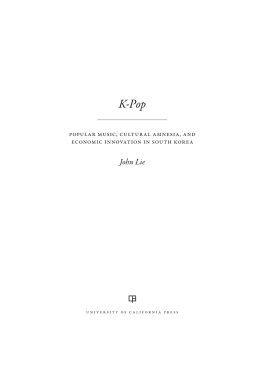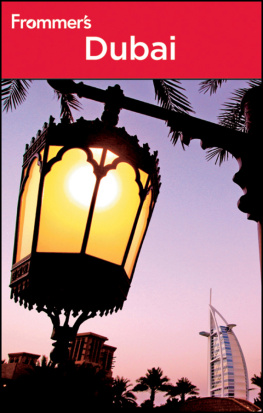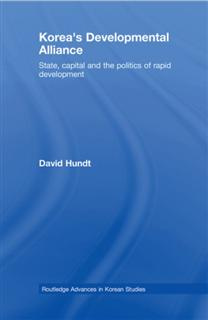A Note About the Authors
John D. Kasarda, a professor at the University of North Carolinas Kenan-Flagler Business School, advises countries, cities, and companies about the aerotropolis and its implications. He lives in Chapel Hill, North Carolina.
Greg Lindsay has written for Time, BusinessWeek, Fortune, and Fast Company. For one story he traveled around the world by airplane for three weeks, never leaving the airport while on the ground. He lives in Brooklyn, New York.
AEROTROPOLIS
THE WAY WELL LIVE NEXT
JOHN D. KASARDA / GREG LINDSAY

ALLEN LANE
an imprint of
PENGUIN BOOKS
For Mary Ann, my foundation while Im in the air
JDK
For Sophie, who was always waiting in arrivals
GL
I suspect that the airport will be the true city of the 21st century. The great airports are already the suburbs of an invisible world capital, a virtual metropolis whose fauborgs are named Heathrow, Kennedy, Charles de Gaulle, Nagoya, a centripetal city whose population forever circles its notional centre, and will never need to gain access to its dark heart.
J. G. Ballard
A city made for speed is made for success.
Le Corbusier
CONTENTS
INTRODUCTION
The shapes and fates of cities have always been defined by transportation. Today, this means air travel.
Stan Gale was exultant. The chairman of Gale International yanked off his tie, hitched up his pants, and mopped the sweat and floppy hair from his brow. He beamed like a proud new papa, sprung from the waiting room and handing out cigars to whoever happens by. Beckoning me to follow, he sauntered across eight lanes of traffic toward his baby, New Songdo City, delivered prematurely days before.
Ten years ago, Gale was a builder and flipper of New Jersey office parks. But his fate began to change in 2001 with a phone call from South Korea. The Korean government had found his firm on the Internet and made an offer everyone else had refused. The brief: Gale would borrow $35 billion from Koreas banks, partner with its biggest steel company, and use the money to build from scratch a city the size of downtown Boston, only taller and denser, on a muddy man-made island in the Yellow Sea. When Gale arrived to see the site, it was miles of open water. He signed anyway.
New Songdo wont be finished until 2015 at least, but in August 2009, Gale cut the ribbon on its hundred-acre Central Park modeled, like so much of the city, on Manhattans. Climbing on all sides is a mix of low-rises and sleek spirescondos, offices, even South Koreas tallest building, the 1,001-foot Northeast Asia Trade Tower. Strolling along the parks canal, we heard cicadas buzzing, saws whining, and pile drivers pounding down to bedrock. I asked whether hed stocked the canal with fish yet. Its four days old! he spluttered, forgetting he wasnt supposed to rest until the seventh.
As far as playing God (or SimCity) goes, New Songdo is the most ambitious instant city since Braslia appeared fifty years ago. Braslia, of course, was an instant disaster: grandiose, monstrously overscale, and immediately encircled by slums. New Songdo has to be much better, because theres a lot more riding on it than whether Gale can repay his loans. It has been hailed since conception as the experimental prototype community of tomorrow. A green city, it was LEED certified from the get-go, designed to emit a third of the greenhouse gases of a typical metropolis its size. Its supposed to be a smart city studded with chips talking to one another, running the place by remote control. Its architects borrowed blueprints from Paris, Sydney, Venice, and London, sketching what might become the prettiest square mile in Korea. (Nearby Seoul is a forest of colossally ugly apartment blocks.)
New Songdo isnt so much a Korean city as a Western one floating offshore. Smart, green credentials aside, it was chartered as an international business districta hub for companies working in China. Worried about being squeezed by its neighbors, New Songdo is Koreas earnest attempt to build an answer to Hong Kong. To make expatriates feel at home, its malls are modeled on Beverly Hills, and Jack Nicklaus designed the golf course. But its most salient feature is shrouded in perpetual haze opposite a twelve-mile-long bridge that is one of the worlds longest. On the far side is Incheon International Airport, which opened in 2001 on another man-made island and instantly became one of the worlds busiest hubs.
They tracked us down, wanted us to build a city in the ocean, and no one else was interested? What was going on here? Gale told me, still dazed. Their vision scared everyone else away. It wasnt until I saw the airport that I understood where they wanted to go with this. China. His sales pitch to prospective tenants is simple: move here, and youre only a two-hour flight away from Shanghai or Beijing, and four hours away at most from cities youve never heard of, like Changsha. Chairman Maos hometown happens to be larger than Atlanta or Singapore. Nearly a billion people are a day trip away. When Stan Gale looks at a departure board, he sees a treasure map. And when he gazes upon his creation, he sees potentially dozens of new cities, each next to a dot on that map.
Theres a pattern here, repeatable, he said that summer, stunning his partners with plans to roll out cities across China, using New Songdo as his template. Each will be built faster, better, and more cheaply than the ones that came before. Its going to be a cool city, a smart city! he promised. We start from here and then we are going to build twenty new cities like this one, using this blueprint. Green! Growth! Export! Their jaws dropped. China alone needs five hundred cities the size of New Songdo, Gale told me, and he is planning to break ground on the next two. How many will be umbilically connected to the nearest airport? All of them.
To the jaundiced American eye, New Songdo and its clones might appear to be fantasies left over from the Bubble. But dismissing them as the product of Asias infatuation with all things mega misses the carefully calibrated machinery underneath. Its a machine the rest of us ignore at our peril as we enter the next phase of globalizationone marked by the shift from West to East and the trade routes up for grabs in between. It even has a name, which Stan Gale pronounced for me with a flourish:Its an aerotropolis.
It isnt his word. The man who taught it to him is John Kasarda, a professor at the University of North Carolina who has made a name for himself with his radical (and some might say bone-chilling) vision of the future: rather than banish airports to the edge of town and then do our best to avoid them, we will build this centurys cities around them. Why? Because people once chose to live in cities for the wealth of connections they offered socially, financially, intellectually, and so forth. But in the era of globalization, we choose cities drawing closer together themselves, linked by fiber-optic cables and jet aircraft. Stan Gale is simply taking this idea to its conclusion, building a network of instant ones joined by their airports.
Many aerotropoli will evolve out of the cities we already call homeonly their highways and byways will lead us to terminals instead of downtown. For instant ones like New Songdo, Kasarda has drafted a set of blueprints replete with air trains andaerolanes connecting prefab neighborhoods and business districts. They range in size from a few thousand residents to a few million. Aerotropoli designed according to his principles are under way across China, India, the Middle East, and Africa, and on the fringes of cities as desperate as Detroit and as old as Amsterdam. In Kasardas opinion, any city can be one. And every city should be.
Next page
